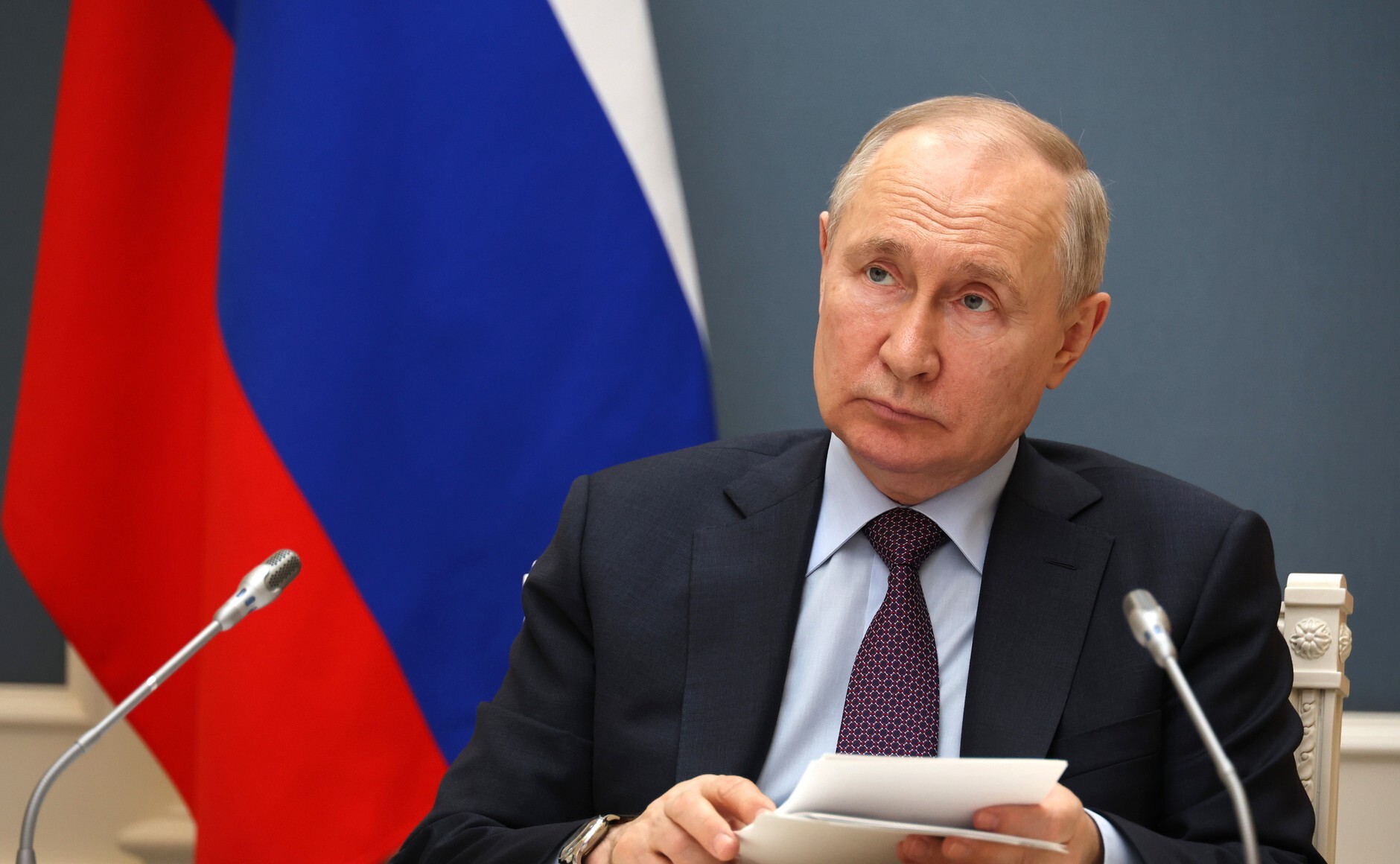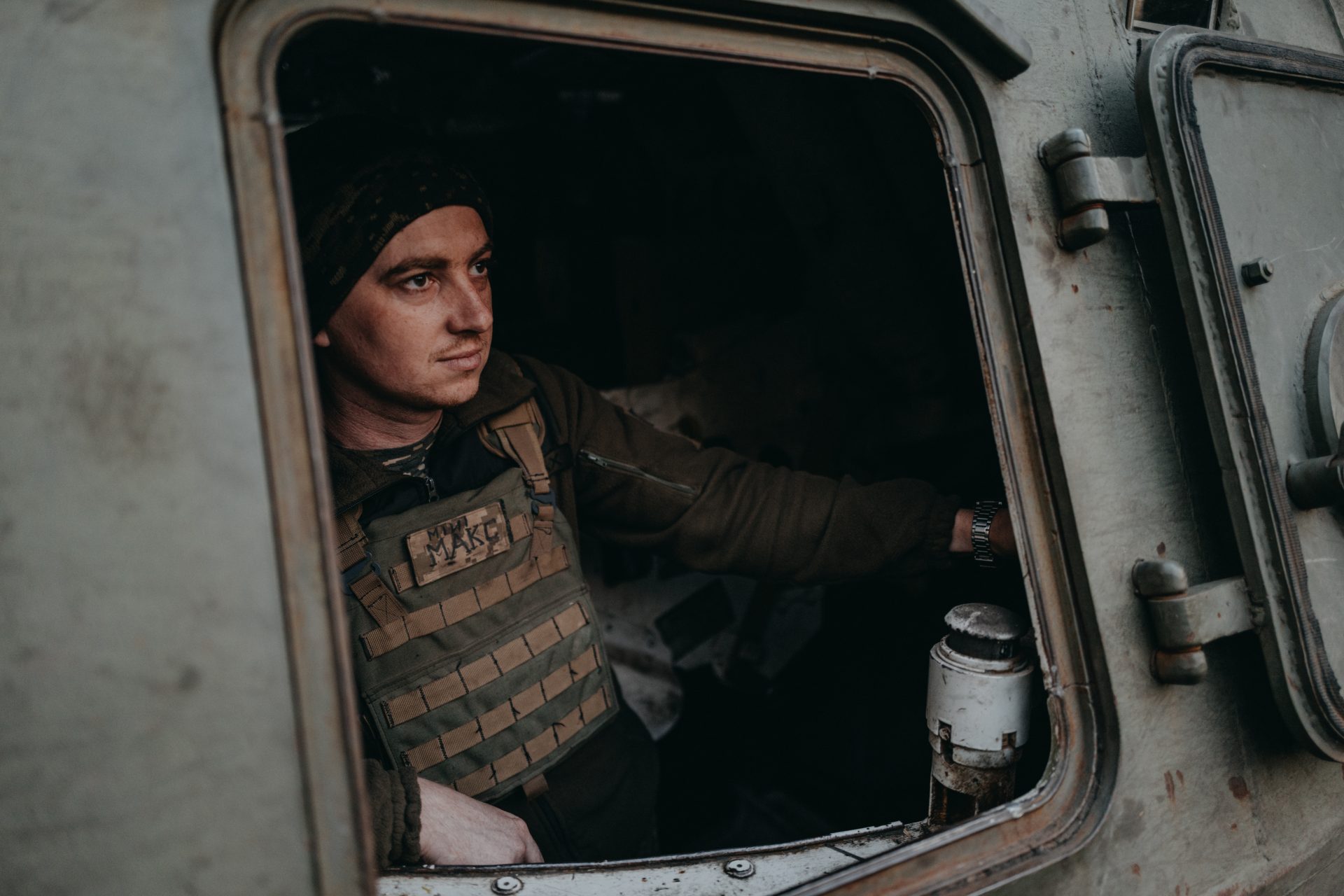Rising from the ashes: photos of buildings destroyed by war and rebuilt
Culture and history: it is part of who we are. But what really makes a community is how we recover - how cities and countries have managed to rebuild after war. Take this London scene of the front of Buckingham Palace showing the incredible contrast between the Blitz of 1940-1941 and present day. These photos will take you back to the past into a world of war and destruction; as well as bring you to the present day, showing how these landmarks and buildings have been rebuilt and demonstrating the strength and pride of those affected by conflict.
We begin with the most recent reconstruction: that of this building in Ukraine. Despite the continuing conflict, the people of Ukraine have worked hard to ensure their cities do not rot after the Russians have passed through.
Photo: Twitter @DefenceU
World War II. The unthinkable happened. This is the aftermath of the explosion of the atom bomb in August 1945, Hiroshima, Japan.
In 2020, this picture was taken of the surviving Atomic Bomb Dome. 2022 marked the 75th anniversary of the atomic bombing in which between 90,000 to 146,000 people were killed and the entire city destroyed in the first use of a nuclear weapon in armed conflict.
The World Trade Centre was hit and then, at approximately 9:40 a.m. another plane, originating from Washington D.C.'s Dulles airport, was flown into the southern side of the Pentagon. A 200-foot gash exposed interior sections of the Pentagon following the terrorist crash on September 11, 2001.
2016 marked the 15 year anniversary of this horrendous attack. An American flag draped over the Pentagon where it was hit by the airliner on September 11, 2016. The September 11th terrorist attacks in total killed nearly 3,000 people at the World Trade Center, Pentagon and on Flight 93.
24th May 1941: St Paul's Cathedral still stands surrounded by devastated buildings, after an air raid during the Blitz.
A famous world landmark, St Pauls remarkably only needed minimal reconstruction. The current cathedral – designed by Christopher Wren – has lived through three centuries. The Blitz was devastating for the people of London - during the eight months of attacks, some 43,000 civilians were killed. This amounted to nearly half of Britain's total civilian deaths for the whole war.
Here are German officers shown leaving their car to inspect the ruins of the Alstadt quarter of Rotterdam, according to the Nazi censor. Most of the city burned after aerial bombardment.
Not the exact buildings, but the reconstruction of the old town has been remarkable. Europe's largest Seaport, the city now houses a population of 651,446
An aerial photograph of Frankfurt's old town, taken in June 1945 just after it was destroyed by heavy Allied bombing raids.
Photo: Unknown author, Copyrighted free use, via Wikimedia Commons
Visitors and residents can now enjoy Frankfurt, Germany's main square, The Romerberg, in the city's Altstadt (Old Town). The east side of the square is known as the Ostzeile and features a row of picturesque half-timbered houses which are reconstructions of the original 15th and 16th century houses which were destroyed by World War II bombardments in 1944.
1944: Warsaw. This solemn photo shows a view of the Swietokrzyska street after the 1944 Uprising.
Due to the coronavirus crisis, the view in 2020 contained the same amount of people. Haunting but completely rebuilt. This is the same Swietokrzyska street.
June 1945. The city had been seriously damaged by bombardments of the British Royal Air Force (RAF) and the United States Army Air Forces after a five day battle by troops. The most serious attack took place January 2nd 1945. In the inner city 90 percent of all buildings were damaged. The photo shows the ruins of the Western facade of the Frauenkirche (center) and the ruins of the Fleischhaus.
Now a place full of life, the hustle and bustle of the famous Christmas Markets bring floods of tourists every year. The city is described by Germany.travel as 'Impressive, exciting, colourful, mighty and tragic.'
This handout photo shows the remains of the Frauenkirche Cathedral. It was destroyed by Allied bombers in World War II, but incredibly, the reconstruction work did not start until 1994.
Now the landmarks in Dresden's historic city center, including the Albertinum (L) and the Frauenkirche cathedral (C) with Neumarkt square behind it look very different. Dresden suffered a terrible firebombing of the city by Allied bombers during World War II.
The following read the original caption of this photo: 'Before the atomic bomb made its lethal blow, the old fashioned kind, rained from the skies from U.S. and British planes, caused a vast panorama of ruin. Few cities took a more sustained beating than Frankfurt, Germany. Here is five finger place today, a main square with a cathedral in the background. The cathedral still stands.'
The bombing of Frankfurt am Main by the Allies of World War II killed about 5,500 residents and destroyed the largest medieval city centre in Germany. The great landmark of the cathedral remains, rebuilt and reconstructed.
Although not a casualty of war as such, this disaster is absolutely a casualty of humans. These are the remains of St Mark's Campanile, Venice, Italy. Many believe the foundation could have been negatively affected by the dredging of the Grand Canal and even more so by the frequent flooding of St. Mark’s square.
Now the National Library of St Mark's, the building stands tall after a huge amount of reconstruction over its lifetime. Incredibly, it still stands - and has done since 1529.
We jump back to London, 1940 to revisit this crater and the damaged railings outside Buckingham Palace in London. This photo was taken a day after the explosion of a German bomb dropped in an air raid.
Now the gates are golden and shining - a popular tourist destination for many. How many people could imagine the destruction that was only 80 or so years ago?
Steel girders supported the dome of the Reichstag Building after a West Berlin's salvage firm's fruitless attempt to destroy them via an electrical charge and thus topple the dome. Authorities decided to destroy the 300 ton iron dome because it threatened to topple down on the rest of the battered German Parliament Building. The dome has actually survived World War II bombings, shelling by Russian forces and an arson attempt. The 1933 burning of the structure made world headlines when the Nazis staged a "show" trial in a bid to prove that the building had been set afire by Communists.
The roof terrace and dome of the Reichstag Building can be visited by members of the public, and offer spectacular views of the parliamentary and government district and Berlin's sights.
Montecassino Abbey tells a frightening tale. The Allies mistakenly suspected that German troops were hiding inside the abbey and heavily bombarded the monastery, which actually housed many civilians who had sought refuge inside the building. Tens of thousands of troops and hundreds of civilians were killed during the infamous battle.
One of the most known Abbeys in the world was established by Saint Benedict himself 1,500 years ago, was rebuilt after the bombardment and still stands tall today.
This photo shows the infamous Holiday Inn Hotel in 1995 in Sarajevo. The site became home to the media during the siege of the city where the people of Sarajevo endured the longest siege Europe has witnessed since the end of the Second World War. More than 10,600 people were killed with a further 56,000 wounded or maimed.
The building in 1998, surrounded in debris. The heavily shelled building was restored but a reminder of the seige of the Bosnian city.
We stick to Sarajevo, a memory etched in many people's minds. This photo shows Cellist Vedran Smailovic on 12 September 1992 playing Strauss in the bombed National Library.
Now the building of the National Library has been restored in Sarajevo, the now capital of Bosnia and Herzegovina. The Bosnian war and genocide resulted in close to 100,000 civilians killed, over 2 million people forcibly displaced, and between 20,000-50,000 women systematically raped. All due to their ethnic and religious identity.
War of Bosnia-Herzegovina. Same war, different place. There are the ruins of Vukovar (Croatia), which was besieged by the Serbs in March 1992.
The difference from then to this photo in 2017 is marked and now daily life continues for its citizens after horror tainting the city's history.
A picture taken on July 22, 2017 in the northern Syrian city of Aleppo, which was recaptured by government forces in December 2016. The image shows a general view of the destruction at the site of the ancient Great Umayyad Mosque in the old city. The archaeological treasure in Aleppo's UNESCO-listed Old City, was the centre of fighting between rebels and government forces for months and suffered extensive damage.
Originally built in the 8th century, the Umayyad mosque was previously destroyed and rebuilt again in the 13th century. But this picture shows the building in 2022 - a part that has been recently renovated. Thanks to a financial donation by Ramzan Kadyrov, the strongman of Russia's Chechnya region. -
This beautiful building was completed in 1850 but was badly damaged during the bombing of Potsdam. In the last days of the war it was also target of Soviet artillery fire, which eventually led to its partial collapse.
Reconstruction began a few years after the war, although work lasted for several decades, but now the church sits as one of the most impressive architectural wonders in Potsdam.
This photograph brings us back all the way back to World War 1 to a series of glass plate stereoview images. A prolonged bombardment saw shells strike the "forest" of wooden timbers under the lead-covered roof, setting it on fire, and completely destroying the roof. The bells melted, windows were blown out, and the sculpture and parts of the walls were damaged.
Incredibly, 2011 saw the city of Reims celebrate the cathedral's 800th anniversary.
We leave with this image of a digital composite comparison. A London scene during the Blitz of 1940-1941 and present day. A reminder that many many places on this beautiful earth have been tarnished, destroyed and affected by war and conflict.
More for you
Top Stories






















































